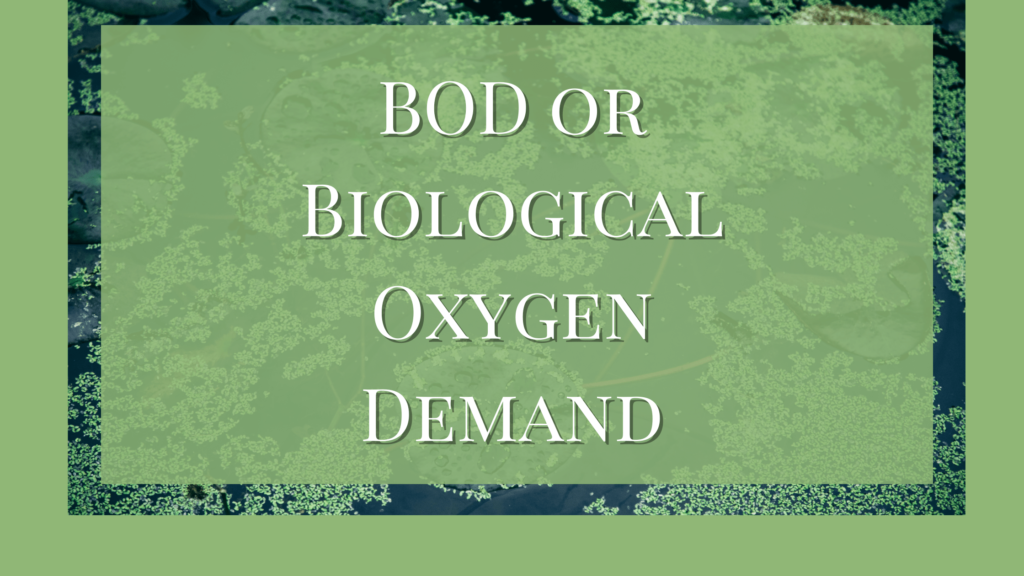How do you define biological oxygen demand?
BOD means Biological Oxygen Demand or Biochemical Oxygen Demand which refers to the amount of oxygen used by the bacteria to aerobically decompose the organic matter in water, into carbon dioxide and water.
The amount of dissolved oxygen in water plays an important role in the maintenance of aquatic ecosystems. Even though there is only about 10 mols of oxygen per million of water, it is an integral part of aquatic ecosystems. This is why it is important to know the concentration of dissolved oxygen in streams, rivers, lakes, etc. It will help with the proper water management strategies.
Importance of Biological Oxygen Demand
It is important to calculate the biological oxygen demand since various human activities lead to environmental stress and water pollution leading to reductions in the dissolved oxygen concentration in water. BOD measures the quality of oxygen in aquatic habitats.
Here, BOD is calculated to see how much oxygen is consumed by the decomposing bacteria aerobically, to decompose organic matter in the water. The higher the value of BOD lower the quality of water and the lower the BOD the better the water quality.
When the BOD value is high, it indicates a higher concentration of organic matter that needs to be decomposed and a higher concentration of aerobic bacteria. In this scenario, there will be a higher consumption of dissolved oxygen.
This will considerably reduce the concentration of dissolved oxygen available for other organisms in the aquatic system. Thus the water is deemed lower in quality assessment.
On the other hand, if the BOD value is low, there is a lesser amount of both organic matter and the need for the decomposing bacteria. This results in lower consumption of dissolved oxygen. It will leave a higher concentration of oxygen for the aquatic organisms. Such type of water is said to be of higher quality.
Moreover, BOD is a measure of the capacity of sewage treatment plants on a per-day basis. The value of BOD in sewage treatment plants should be lower to be declared effective.
Domestic sewage generally has 200 mg of oxygen consumed per litre of water while industrial waste contains 1000mg per litre. The value of BOD in wastewater of 0.17 pounds or 77 gm is considered population equivalent which is the equivalent for domestic sewage of 1% of consumers.
How to Measure Biological Oxygen Demand?
BOD test gives a rough quality of water and the rough oxygen percentage in water. However, it does not show an accurate indicator for possible diseases. The BOD procedure is done in 5 days.
A sample is collected from the water body whose BOD needs to be calculated. This sample is incubated at 20 degrees Celsius for 5 days. After 5 days, the BOD of this sample is calculated and compared against a standard sample collected earlier.
This comparison value will determine the quality of water collected in the sample. It will help determine the concentration of organic matter in the water as well.
The amount of dissolved oxygen fluctuates with the season, temperature, altitude, etc. So it is necessary to have a standard sample or a record to compare with.
References
- Tuser, C. (2022, July 1). What is Biological Oxygen Demand (BOD)? Wastewater Digest. https://www.wwdmag.com/utility-management/article/10938701/what-is-biological-oxygen-demand-bod
- https://www.usgs.gov/special-topics/water-science-school/science/biochemical-oxygen-demand-bod-and-water




